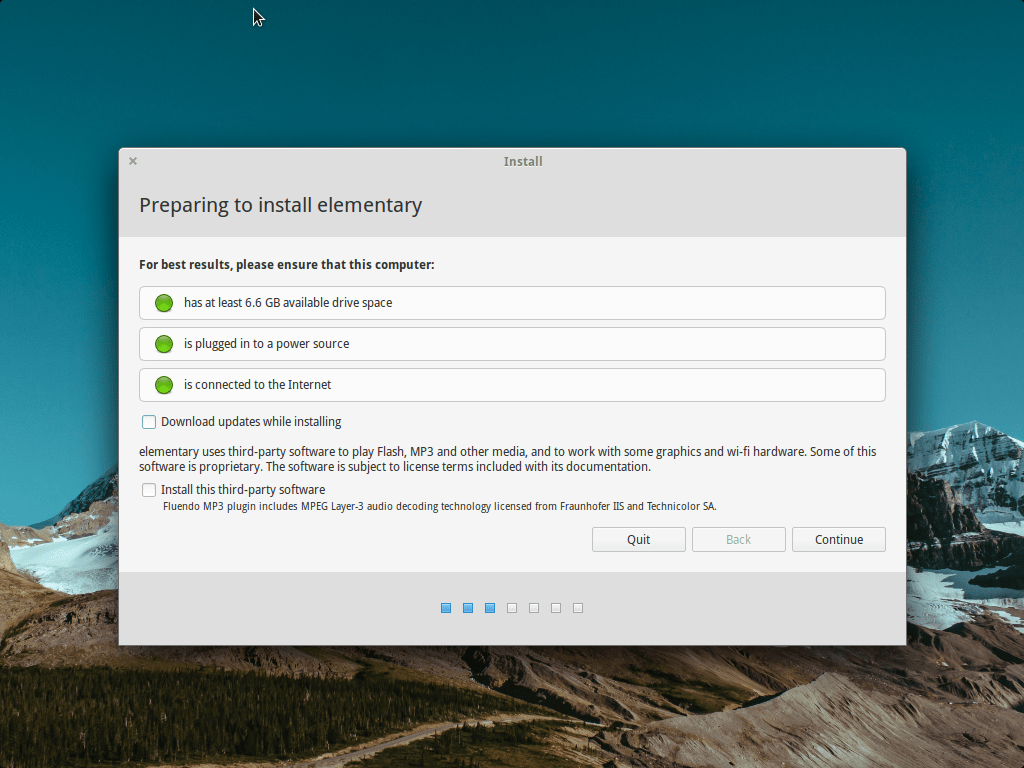


It was poorly worded, but as with all things in Linux, it was something of a tempest in a teapot even at the time and it's well behind the project at this point. When I spoke with Foré, he was quick to point out how little experience the team had with PR at the time (he clearly regretted the post). Most of the kerfuffle was not about the money, but rather the wording of the post, which essentially called non-paying users thieves. Unfortunately for elementary OS, a blog post about the pay-what-you-want model initially rubbed a lot of people in the Linux community the wrong way. The project took Ubuntu as a base and began layering in their custom apps, and the highly refined look and feel of elementary OS was born.Įlementary OS (codename version Luna) launched in 2012 with considerable fanfare thanks to its revolutionary idea of asking users to pay for it. But there was enough momentum behind the project that Foré decided the logical thing to do was for the group to create their own distribution. Eventually, things got to the point where it became more and more cumbersome for users to install everything. Over the years, the elementary project continued to grow and encompassed ever more apps and ever more customizations for the desktop. As with most open source projects, the borrowing went both ways: Ubuntu's Humanity theme was a fork of elementary OS's icon set. From a set of icons designed to improve the look of Ubuntu's then GNOME 2 desktop, the elementary project expanded to include some custom apps, including a fork of the default GNOME files app, Nautilus, called nautilus-elementary.

(Yes, seriously.) If ever there was a group of developers who started at the bottom and worked their way up to the top, it's Daniel Foré and the rest of today's elementary OS team. Now you have completed the imports, refresh your repository list to reflect the new additions.Further Reading Ubuntu 18.04: Unity is gone, GNOME is back-and Ubuntu has never been betterĮlementary OS began life over a decade ago as a set of icons. Next, add the repo as follows: sudo sh -c 'echo "deb stable main" > /etc/apt//microsoft-edge-dev.list' sudo rm microsoft.gpg Import the Microsoft Edge Repo Lastly, remove the downloaded key where you downloaded it too before installing it, this can be skipped, but it is good practice. sudo install -o root -g root -m 644 microsoft.gpg /etc/apt// Remember, this should be installed if you check the dependencies required further up. In the first step, you will need to download the GPG key to verify the package’s authenticity.ĭownload the GPG key using curl.


 0 kommentar(er)
0 kommentar(er)
